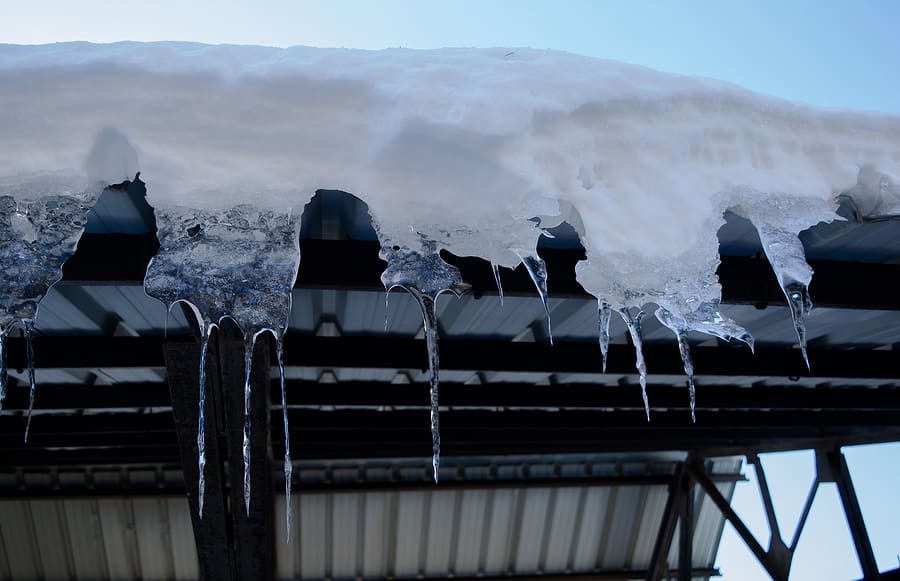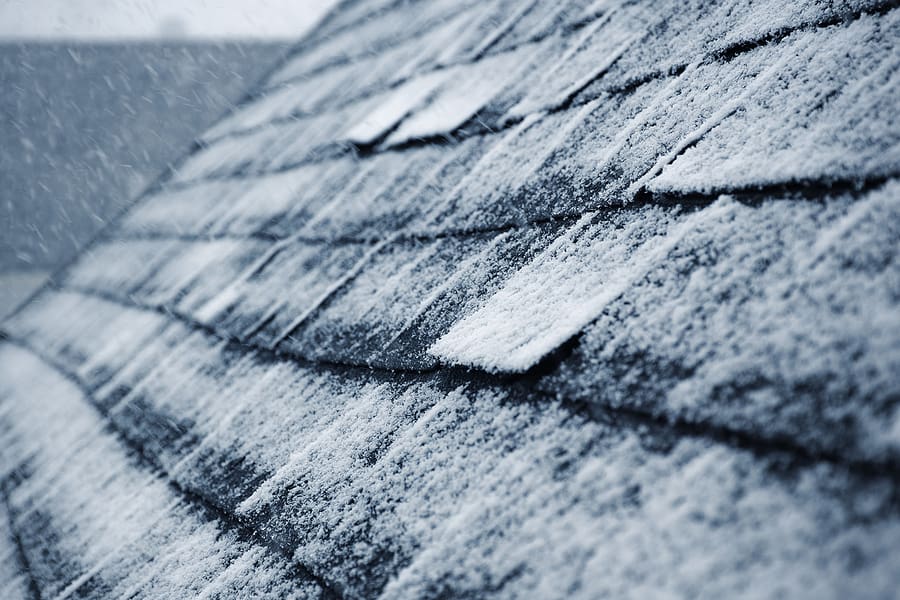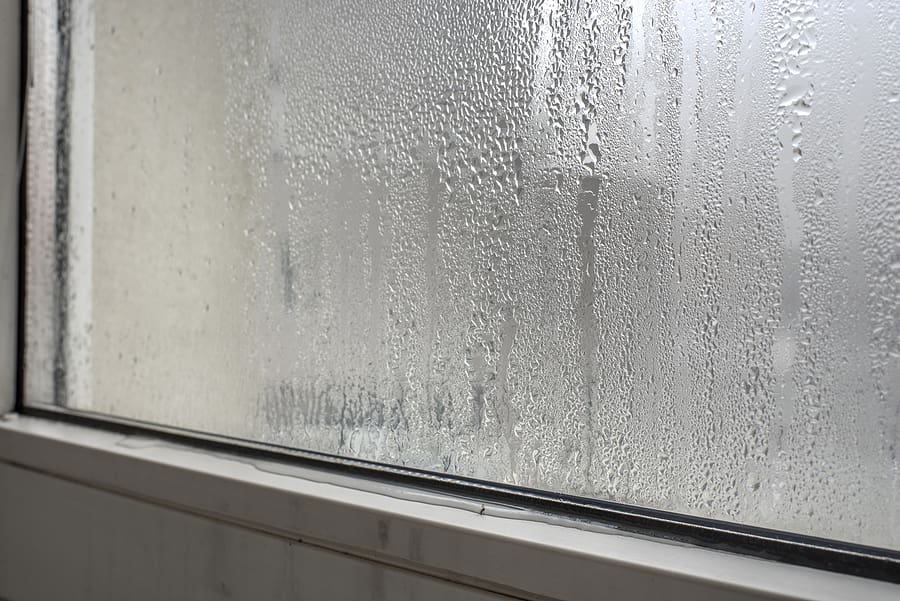Winter weather conditions can spell trouble for even the most prepared homeowner. Nobody wants to be battling the elements outside when you can be warm and cozy with your family. While some repairs may have to wait for less hazardous conditions, early awareness, and prevention can go a long way toward keeping your house warm and your bills low. Let’s take a look at some of the top causes of winter roof leaks.
Ice Dams

When snow builds up on your rooftop, it eventually begins to melt and slip down into the gutters. However, with temperature fluctuations, the snow can melt and refreeze in different areas, causing a ridge. Over time, this process repeats, causing layer after layer of icy build up on your roof. As this occurs, the melting snow along the bottom layers will seep underneath your roofing shingles, causing damage to your waterproofing system and eventually your house’s roofing structure.
Clogged Gutters
Clogged gutters happen over time when debris such as leaves, sticks, and moss are not removed promptly. A clogged-up gutter cannot effectively drain off melting snow and ice, contributing to long-term repair costs. This puts you at a higher risk for other problems like ice dams or the weight of the snow and ice causing the gutter to rip away from your house entirely.
Damaged Shingles

Heavy snow and ice can make it difficult to spot missing shingles on your roof. It’s important to get your roof inspected before the winter season begins. However, it pays to keep an eye out after a big winter storm for any damaged or removed shingles on your property. This could be a sign that your underlayment is exposed, putting your roof at risk of leaks.
Membrane and Flashing
Just like you cannot always predict which way the wind blows; you can’t always know which way that snow and ice will fall. Membrane and flashing are meant to guide water away from critical roof areas such as your chimney or a roofing intersection. But snow and ice can still work their way into any cracks or gaps in your membrane and flashing, causing water to build up and become a leak.
Attic Condensation

We all turn up the furnace during cold winter weather. But as your home warms, the humid air rises into your attic and cools, causing condensation to build up in your roofing structures. If this condensation is allowed to build up over time, it can contribute to winter roof leaking. Further structural damage will occur if this is not quickly addressed, including mold, mildew, and rotting issues.
As with any kind of roofing damage, early identification and quick action are necessary to protect your home. Since winter weather can be unpredictable, it may not be possible for a roofing repair technician to get to your home immediately. Most roofers can provide short-term solutions to help mitigate the damage until a professional assessment can occur. Never hesitate to call and ask your local roofing contractor what to do and make an appointment for further assistance.